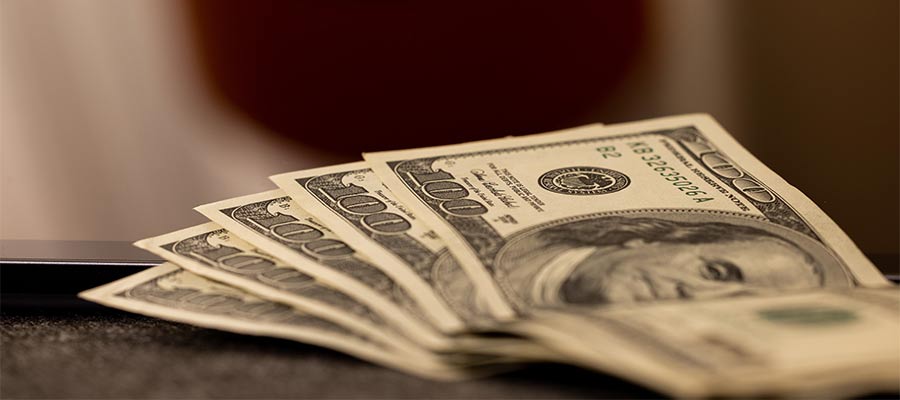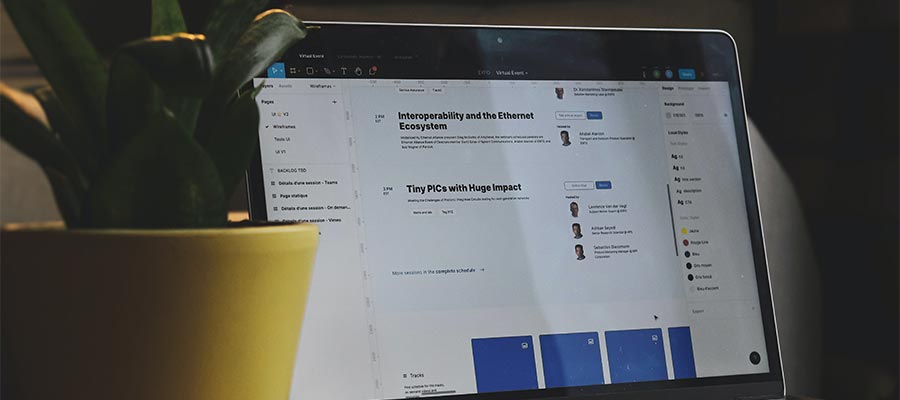Many people have utilized unsavory tactics to make some fast cash. While it might bring temporary success, those practices usually catch up to you at some point. It can also hurt others in the process. If you’re running your own design business and want long-term success, following a code of ethics is the best way to go (and the right thing to do).
Questions of ethics are often very personal, and what I find acceptable may not sit so well with you and vice-versa. But there are some general traits that most designers can agree on. In my view, an ethical designer:
Charges a Fair Price for Services
It’s a safe bet that most people don’t enjoy overpaying for a product or service. What makes web design a bit different is that there aren’t any established norms in pricing.
Designers often charge according to their specific formula. Some price their services by the hour, others on a per-project basis, and some use a combination of both. In other words, we all do our own thing.
So, it’s understandable that there could be a significant difference between designers when pricing the same project. But what can give a designer a bad name is charging an exorbitant fee compared to the level of service they’re providing.
One example of this would be using a readymade template with very little in the way of customization and then charging as if it were a completely original design. Or it could be massively inflating the hours spent on a project to charge a higher fee.
The reality is that we all need to make a decent living. But deceptive practices here are what separate the good from the bad.

Avoids Pushing Unnecessary Features
We live in a world full of upsells. Whether it’s the golden opportunity to “super-size” a meal or add that premium stereo to our new car, we’re constantly being asked to chase something more.
For designers, more features often mean more money. And while it’s fine to discuss bigger and better possibilities with a client, there should be a certain amount of restraint.
The key is to be considerate of what the client’s actual needs are. If they’re not going to see a real benefit from an added bell or whistle, you probably should avoid anything more than a casual mention of it – perhaps limiting it to any written materials you provide.
This helps to build trust between you and your client. Doing so will give them the confidence to return to you if their needs change.

Doesn’t Knowingly Put Clients in a Bad Position
So much has changed for web designers in the last two decades. For example, it used to be a fairly common practice to grab images from anywhere and use them on a site – copyrighted or not. Other shenanigans included black hat SEO tactics and even copying content from someone else. The web was like the old wild west, where it seemed like “anything goes” was the motto.
Thankfully, things have evolved quite a bit in that area. Trying those actions now will put both you and your client in a position of liability.
That’s why it pays to be as careful as possible when using software and design assets on a client’s project. The last thing you want is for a bit of carelessness to put a strain on your relationship – not to mention your wallet. Make sure that you’re using those items in a way that is consistent with its licensing and that it was obtained through legitimate means.
Every one of us makes mistakes. But an honest blunder is much more forgivable than knowingly putting someone else in harm’s way.

Moves Forward After a Bad Experience
We all have our terrible client stories to tell. Some of them are entertaining, while others bring a wince of pain to your face when recalling them. It’s one of those unfortunate side effects of working with people.
Through the years, I’ve been insulted, threatened and even a bit bewildered. These situations aren’t easy to deal with, and they can negatively impact you both personally and professionally.
The temptation is often there to exact some sort of revenge. That could come in the form of leaving an anonymous negative review or some other silliness meant to annoy an ex-client.
But when all the dust settles, it’s much more productive to move on to something bigger and better. The hope is that, even though you went through a difficult time, you came out on the other side all the better for it. And you can use it as a learning experience for future challenges.
Of course, this doesn’t mean you can’t defend yourself when necessary. There are times when you must respond to save your good name. But you also don’t want to be the aggressor, as it reflects poorly on you. Plus, it’s often more trouble than it’s worth.

Won’t Risk Their Reputation by Following an Unethical Client
And now, a story from the “sad but true” files of my life. As a young designer, I was hired on by a small company under the guise that I would be working on, well, design projects. It didn’t turn out that way.
On my first day, I was asked to sign up for an AOL account (this was a long time ago) and pay for it with my personal credit card. Once I had an account, I was to then start listing pirated copies of various software for sale on an auction site.
I was absolutely shocked. So, after I received those chilling instructions, the “boss” walked into another room – leaving me alone. I grabbed my belongings and ran as fast as I could to my car. I went home and never looked back.
The lesson here is that you will run into people who ask you to do things you’re uncomfortable with. Get out of those situations as quickly and gracefully as you can. Nothing good can come from sticking around.

Stay True to Yourself
There are so many challenges in running your own business. You’re required to wear many hats, including that of an ethics officer. But even though there are many gray areas, this part of your responsibilities doesn’t have to be difficult. There’s even a little trick to help you make the right decisions.
Whenever you’re faced with an ethical dilemma at work, think about how your mom would want you to handle it. If you have children, think about what your wishes for them would be.
If you’ve made a mistake in the past, it’s OK (and welcome to the club). Those different experiences make us who we are. Once we know better, we can do better.
The post The 5 Traits of an Ethical Freelance Web Designer appeared first on Speckyboy Design Magazine.
